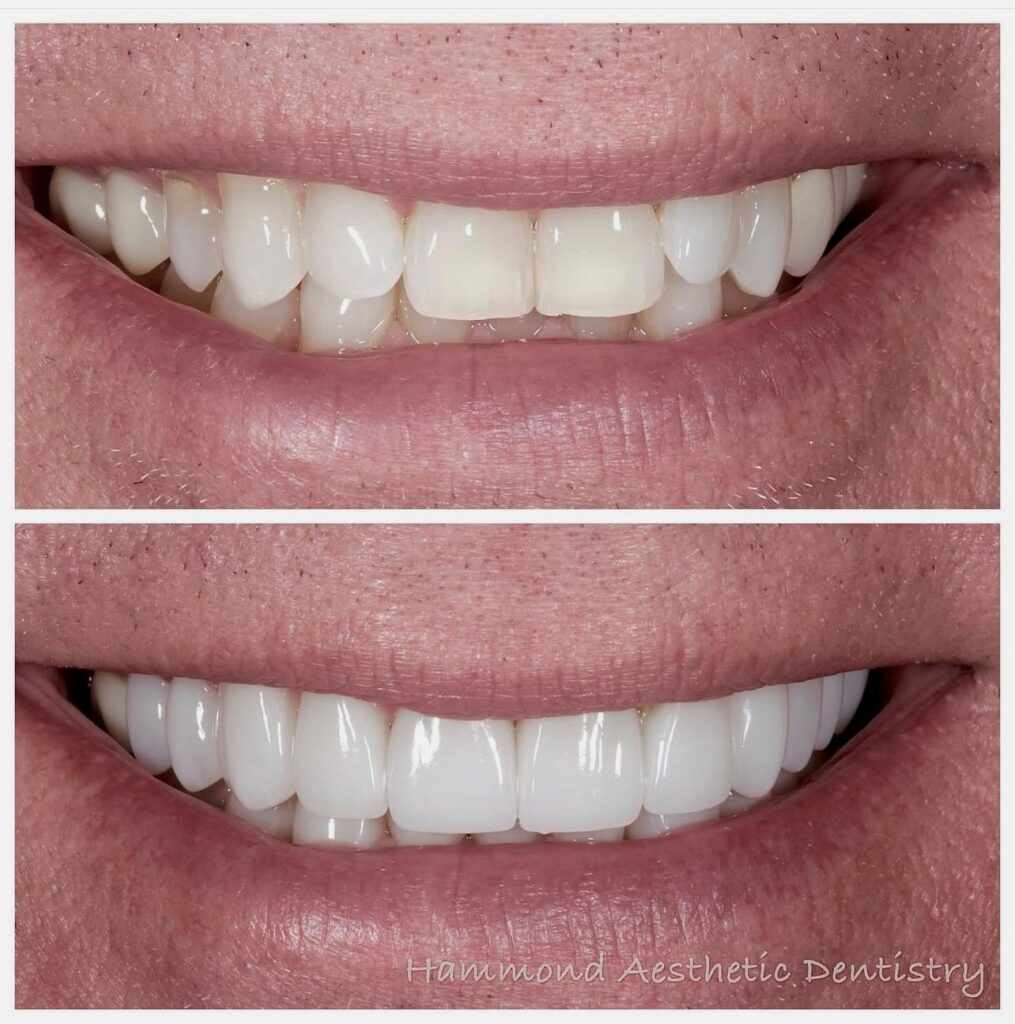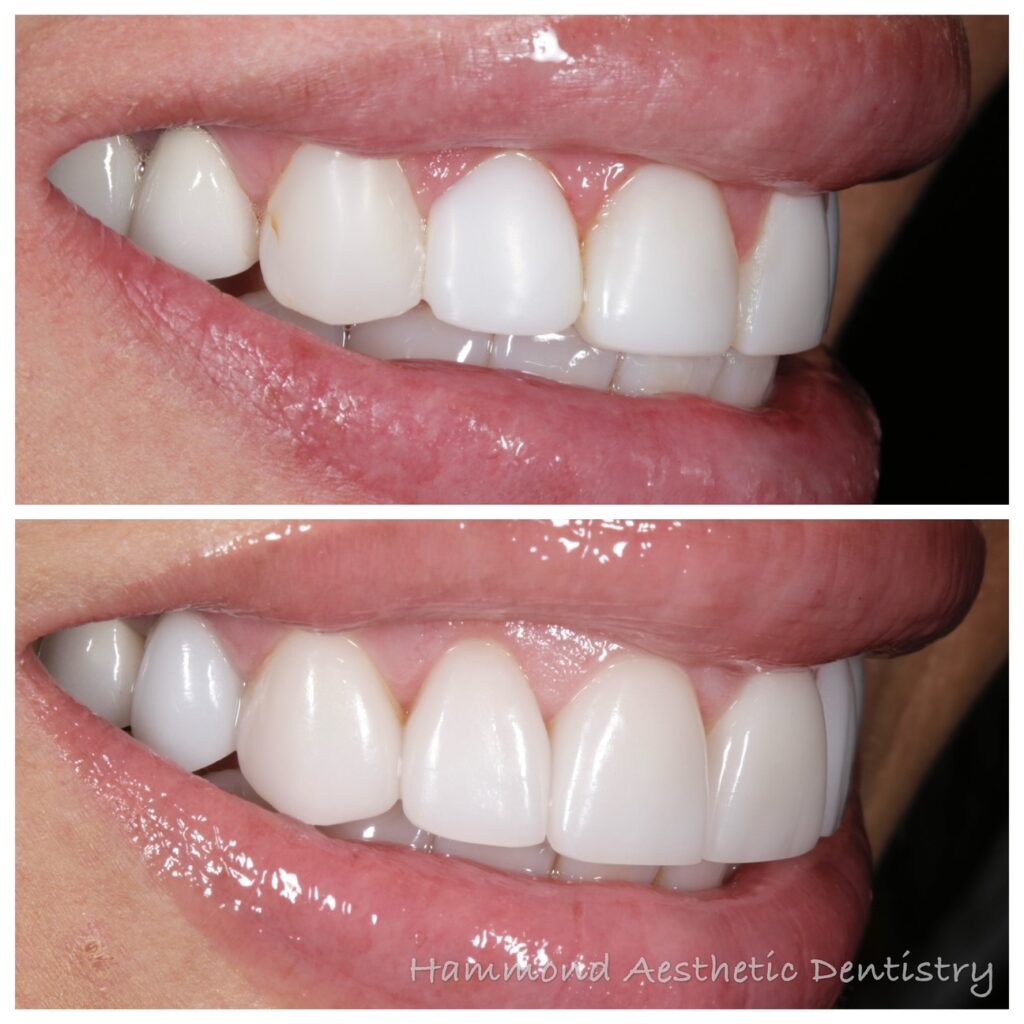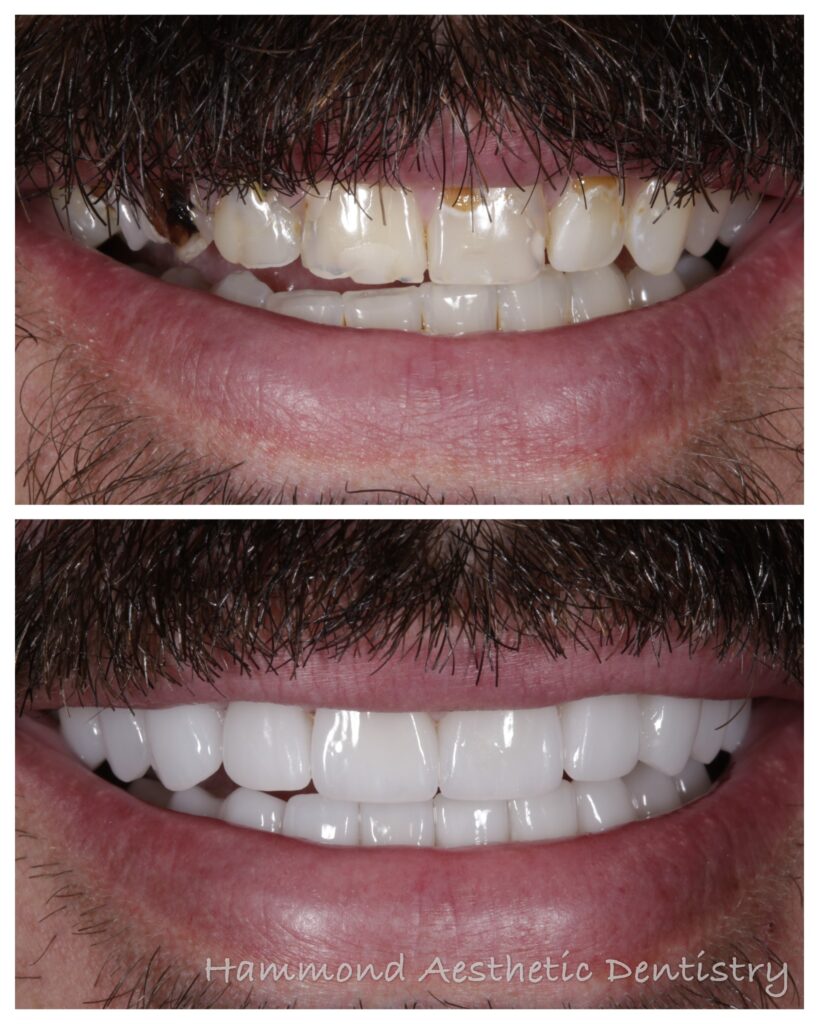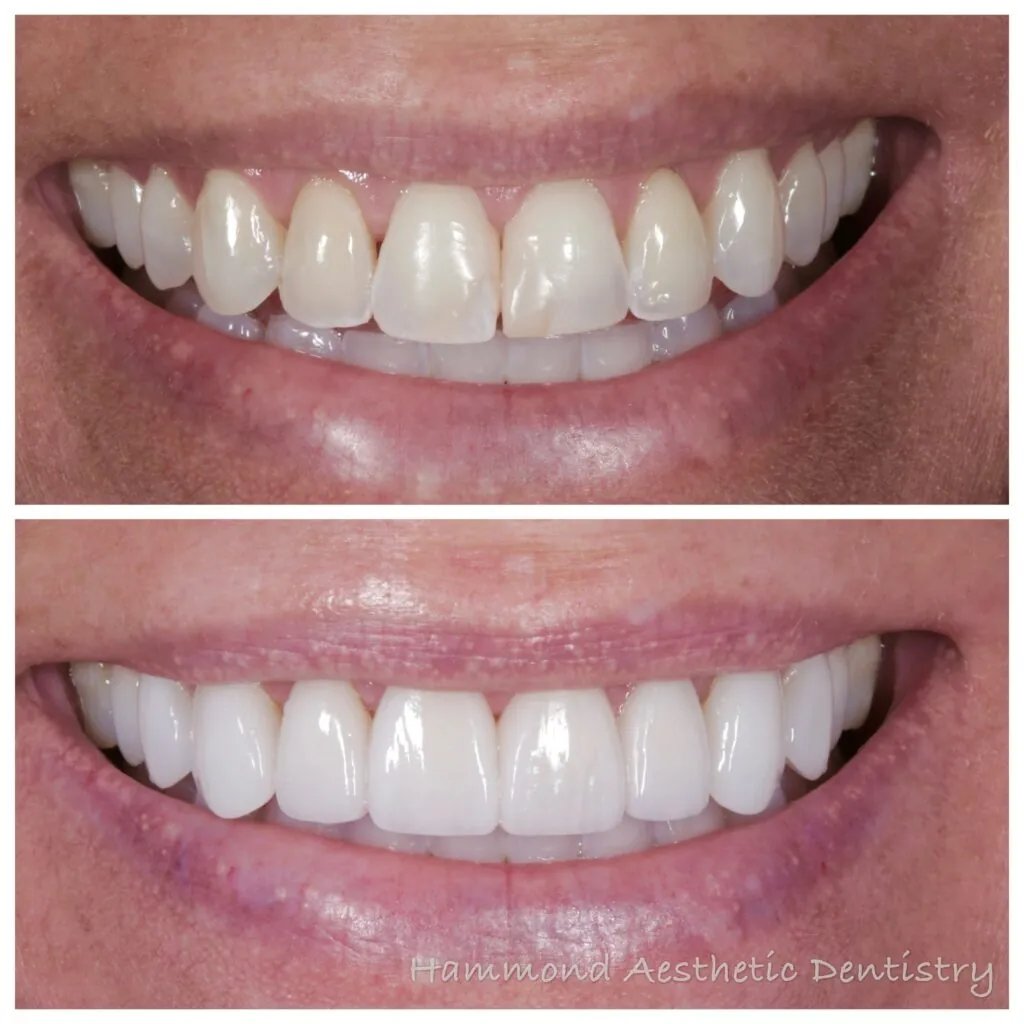More toothpastes, more confusion
Before you visit the supermarket to pick a toothpaste, know the end result you want to achieve — and consult your dentist for the right product, advises the Academy of General Dentistry, an organization of general dentists dedicated to continuing dental education.
“If you do not give much thought to the toothpaste you choose, you could be harming your teeth,” says Bryan Edgar, DDS and spokesperson for the Academy of General Dentistry. “Abrasive ingredients found in some pastes may be too harsh for people with sensitive teeth.”
Toothpastes sales have exceeded $1.4 billion and continue to grow due to new products and industry competition, according to AGD Impact, the newsmagazine of the Academy of General Dentistry.
“More toothpastes cause more confusion,” says Dr. Edgar. “If you have a healthy mouth and visit your dentist regularly, you can still use your favorite toothpaste, despite the many claims of different products.”
Both the toothpaste and the correct brushing action work together to remove plaque. Using a pea-sized dab of toothpaste and soft-bristled toothbrush, brush at a 45-degree angle, inside, outside and between the teeth in small circular motions to achieve maximum results.
“If you don’t have time to consult your dentist before buying a toothpaste, look for one that contains fluoride and has the American Dental Association’s seal of approval,” advises Dr.Edgar.
Toothpaste Key Ingredient How It Works Note
*Fluoride Sodium fluoride Acts topically – protects teeth by hardening the outer enamel surface, making teeth less susceptible to decay. Will not remove current decay.
*Desensitizing Strontium chloride, potassium nitrate Protects exposed dentin by blocking the tubes in the teeth that are connected to nerves. Must use the product for at least a month before any therapeutic effects are felt.
*Whitening Hydrogen peroxide, carbamide peroxide Abrasive ingredients may lighten and/or remove certain stains from enamel. After prolonged use, may experience gum irritation or increased sensitivity. Not all teeth will “whiten” the same way. Will not work on all stains.
*Tartar-control Sodium pyrophosphate Ingredient adheres to tooth surface and prevents tartar formation above the gum. Will not remove tartar. Prolonged use may create sensitivity.
*Baking soda Baking soda Mild abrasive cleans surface of teeth. No proven therapeutic value, excessive use may irritate gums.
*Antimicrobial Triclosan Helps remove bacteria that may cause gum disease. Will not remove or reduce existing gum disease.
*Note: All toothpastes are more effective after a dental cleaning, which allows the toothpaste ingredients to treat a clean surface.





